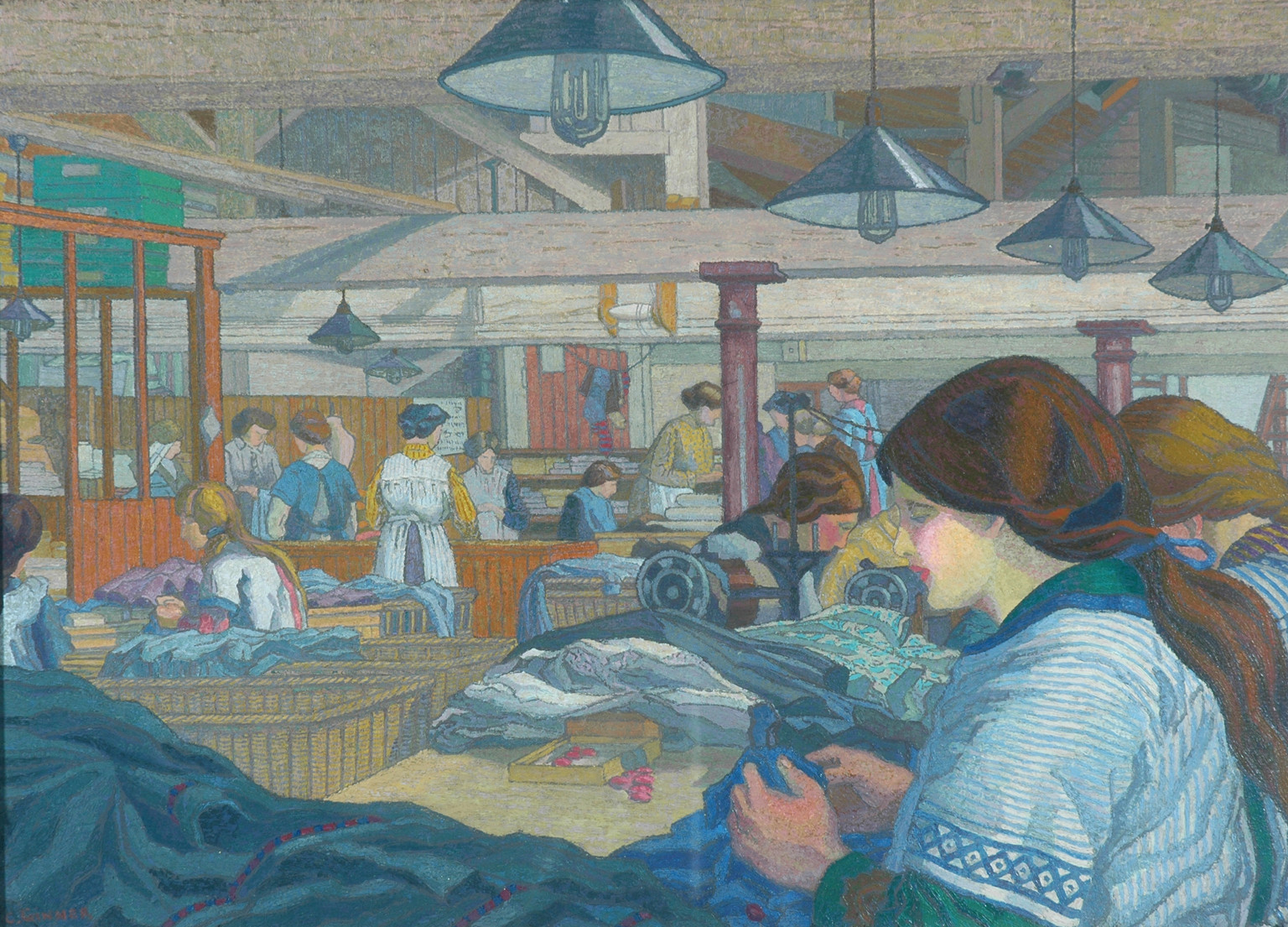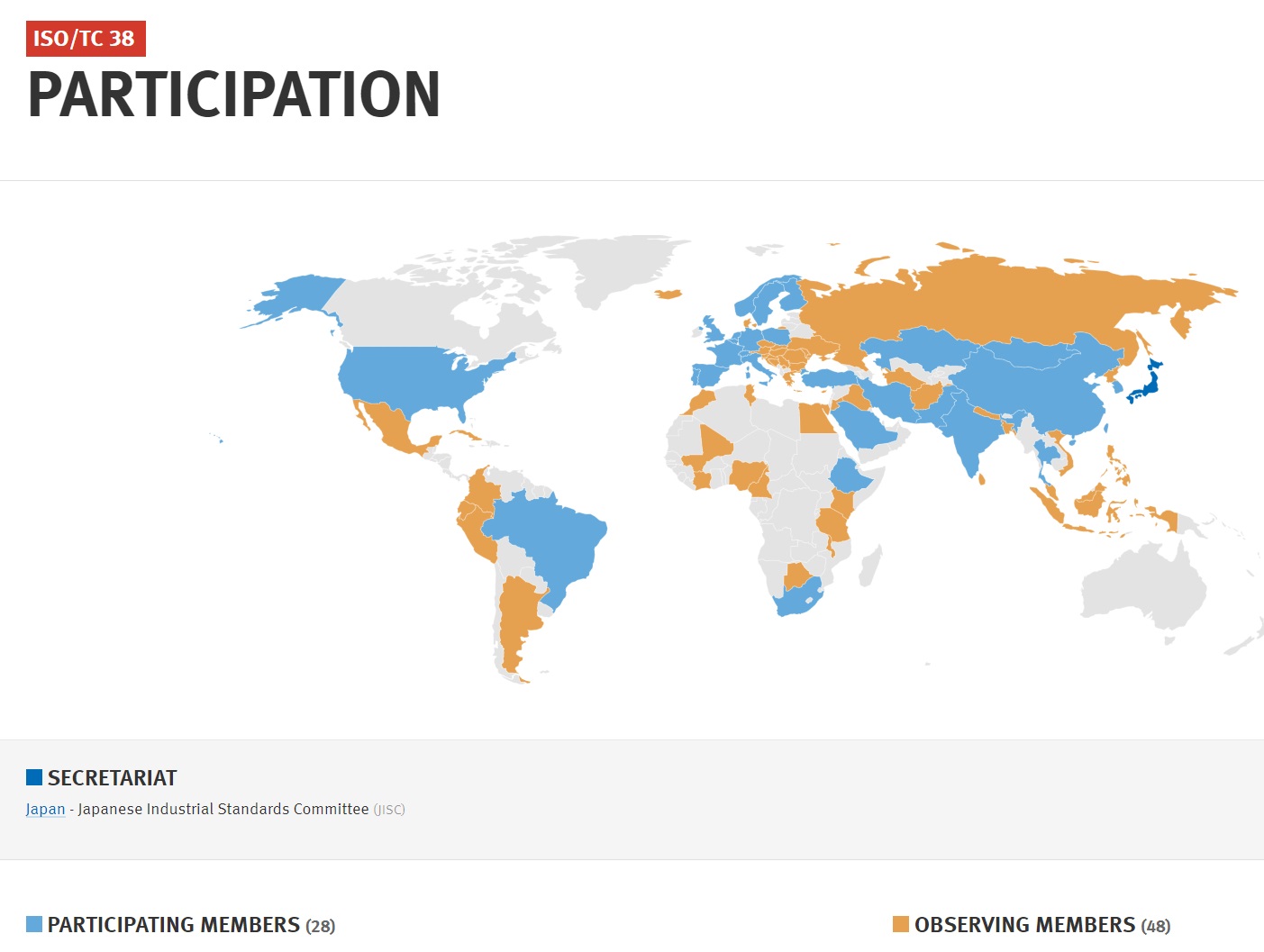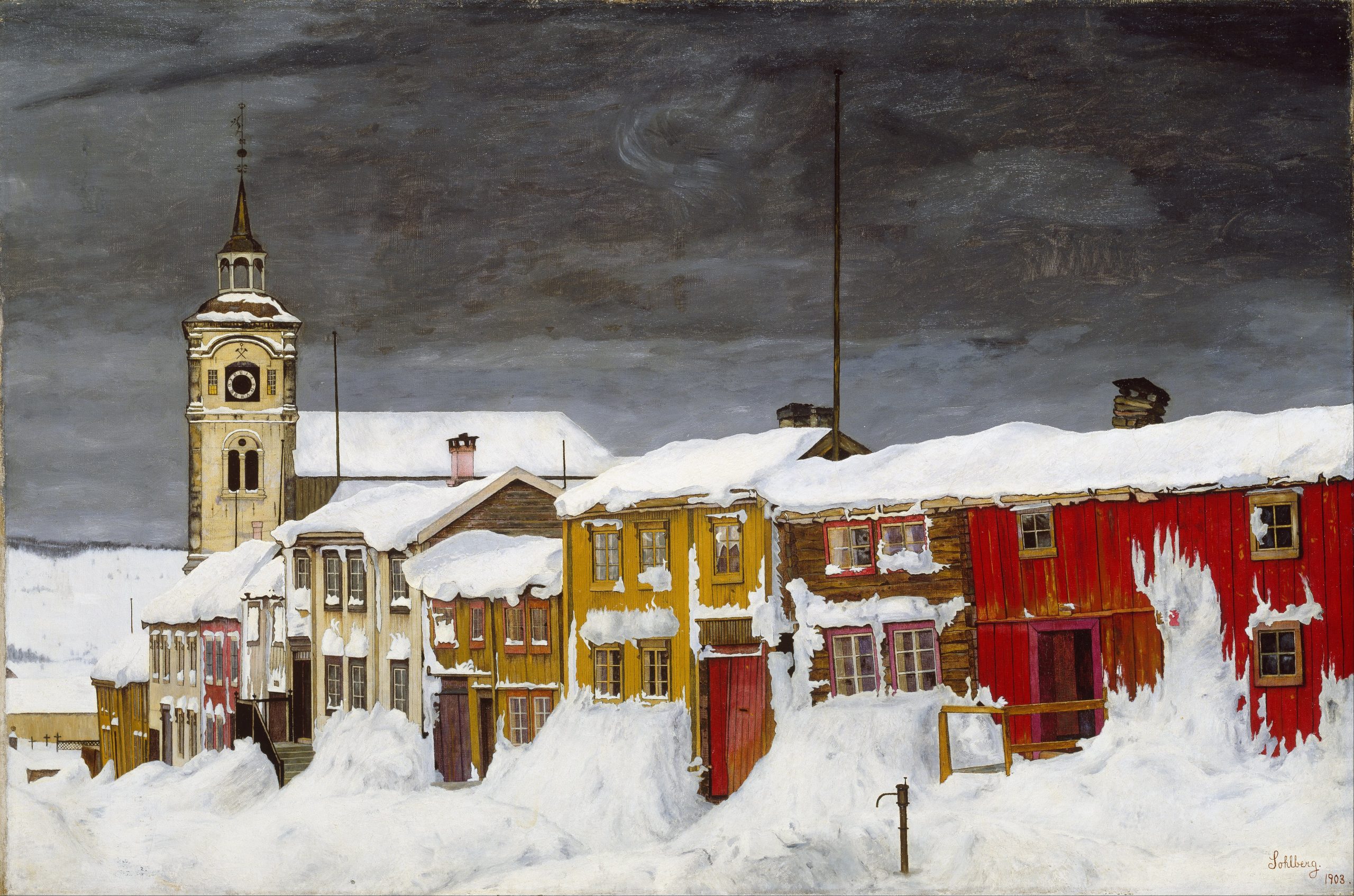Capital Construction and Planning
Tag Archives: February
- Home
- Posts tagged "February" (Page 2)

How to Care for Horses in the Winter
“No hour of life is wasted that is spent in the saddle.”
— Winston Churchill

…”The curiosity and impatience of my master were so great, that he spent many hours of his leisure to instruct me. He was convinced (as he afterwards told me) that I must be a Yahoo, but my teachableness, civility and cleanliness, astonished him; which were qualities altogether opposite to those animals…”
Textiles
“Dwell on the beauty of life.
Watch the stars, and see yourself running with them.”
― Marcus Aurelius, Meditations
The consumer discretionary sector is among the largest economic sectors in every nation. Consumer Discretionary is the term given to goods and services that are considered non-essential by consumers, but desirable if their available income is sufficient to purchase them. Consumer discretionary goods include durable goods, apparel, entertainment and leisure, and automobiles. The International Organization for Standardization administers leading practice discovery and promulgation of the standards in a core component of durable goods industry — textiles – through its Technical Committee 38.
We find continued student interest in these technologies so attention to the elevated hazards in research, instructional and display spaces require attention. We recognize that not every student is interested in cleaning neural network data sets or learning Tensor Flow but wants to devote their energy to making the world a better place by making the world a more beautiful place.
From the ISO/TC 38 prospectus:
STRATEGIC BUSINESS PLAN ISO/TC 38 Textiles
“…Textiles are one of the most important and versatile commodities in the global economy. The textile industries involve provision of raw materials, preparation of fiber production, manufacture of yarns and fibres, manufacture of fabric formation, finishing processing including bleaching, dyeing, printing, coating, special chemical treatments, transformation of the fabric into clothing, upholstery, or industrial/technical textiles, and rope and netting formation. Therefore, the textile industry concerns a variety of entities such as suppliers of raw materials, processors, manufacturers, traders, distributors, retailers, associated industries such as the laundry industry, government and educational establishments as well as consumers….
…One new field of innovation in the textiles is emerging as the smart textiles which cover either smart textile materials or smart textile systems, including some of them combining technologies with electronic textiles and wearable devices. The uses expected of the smart textiles extend over medical device, general product safety, textile labelling, etc. Our technical committee liaises for cooperation with other technical fields and be responsible for standardization of the textile field of smart textiles….”
Japanese Industrial Standards Committee is the Global Secretariat. ASTM International is ANSI’s US Technical Advisory Group Administrator
Educators and students in the United States interested in participating in the development of this product should communicate directly with Jen Rodgers at ASTM International, Jen Rodgers (jrodgers@astm.org). We maintain all ISO consensus products on the standing agenda of our monthly International Standards teleconference; open to everyone. See our CALENDAR for the next online meeting.
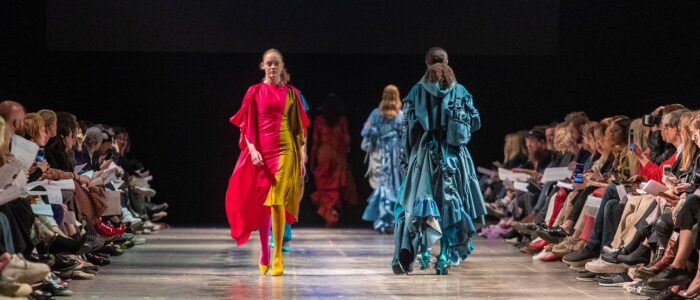
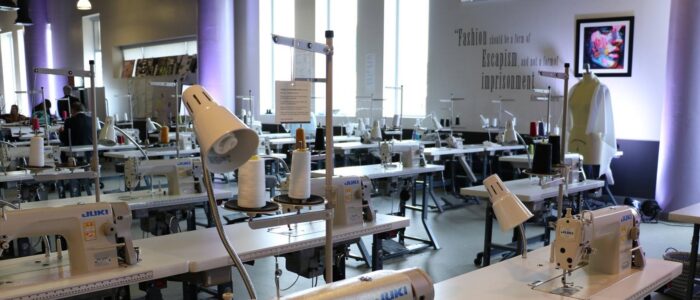
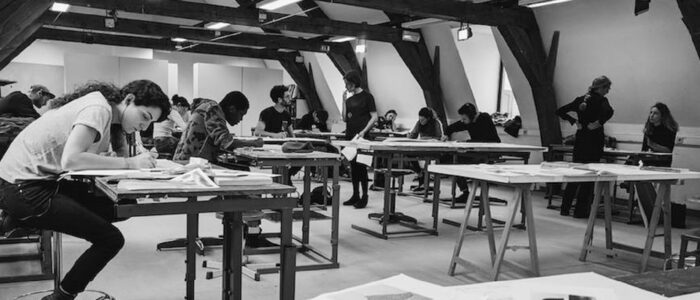


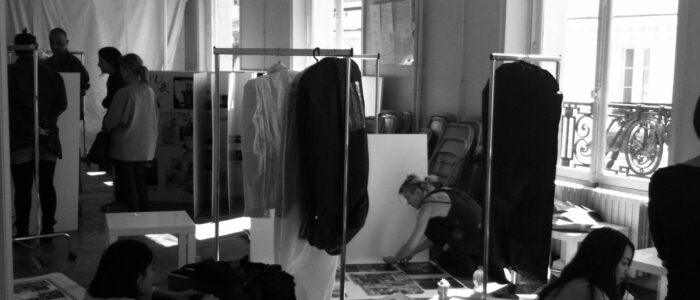
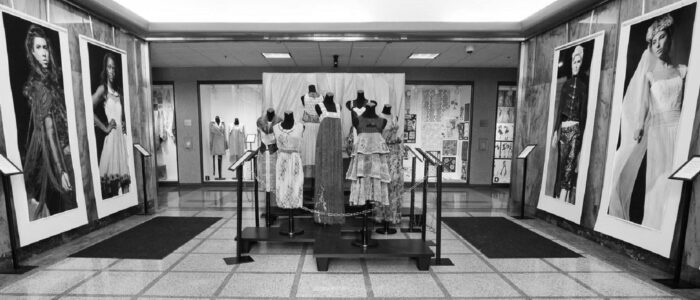
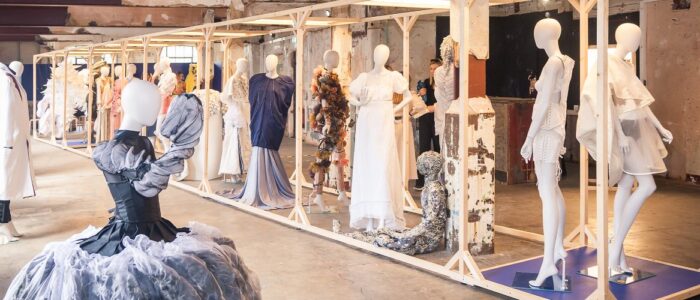
Hot chocolate vs. hot cocoa
“…Hot cocoa and hot chocolate are terms that we often used interchangeably. Technically, hot cocoa and hot chocolate are as different as milk chocolate and bittersweet chocolate. Hot cocoa is made with cocoa powder, the way my mother made it when I was a kid. Hot chocolate is made from melting chocolate bars into cream…”
Plant science at your dinner table: Hot chocolate vs. hot cocoa
Industrial electroheating and electromagnetic processing
The global standards for heat tracing systems are developed by IEC Technical Committee 27. The scope of work for this committee is reproduced below:
Standardization in the field of industrial equipment and installations intended for electroheating, electromagnetic processing of materials and electroheat based treatment technologies Note: The scope of interest covers industrial installations with the use of the following equipment: – equipment for direct and indirect resistance heating; – equipment for electric resistance trace heating; – equipment for induction heating; – equipment using the effect of EM forces on materials; – equipment for arc heating, including submerged arc heating; – equipment for electroslag remelting; – equipment for plasma heating; – equipment for microwave heating; – equipment for dielectric heating; – equipment for electron beam heating; – equipment for laser heating; – equipment for infrared radiation heating. The list presents typical examples of equipment and its applications and is not exhaustive.
CLICK HERE for the link to the TC 27 Strategic Business Plan
Titles in this committee’s bibliography appears to be stable. As with all IEC titles, they are relatively narrow in scope compared with the titles promulgated by most US standards developing organizations. Our interest lies primarily in the application of this technology within and around education community buildings.
While heat tracing generally goes un-noticed it is an essential part of cold weather safety. It is wise to keep pace with its evolution with innovation in materials and controls with the lead.
We maintain this committee’s work on the standing agenda of our seasonal Snow & Ice colloquia; along with US standards developed by UL, IEEE, NEMA, NFPA, ICC, ASHRAE and a few others. We also collaborate with the IEEE Education & Healthcare Facilities Committee on this topic. See our CALENDAR for the next online meeting; open to everyone.
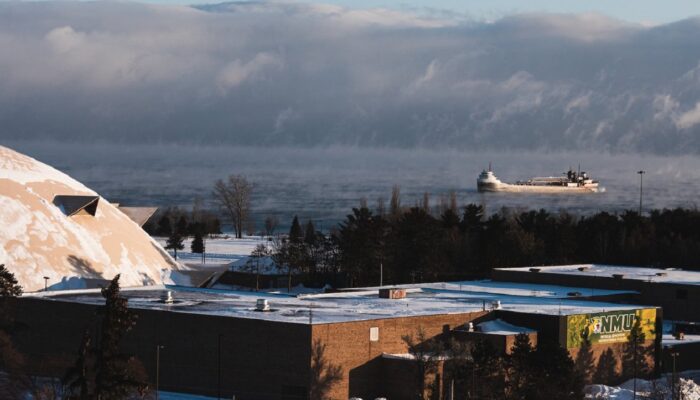
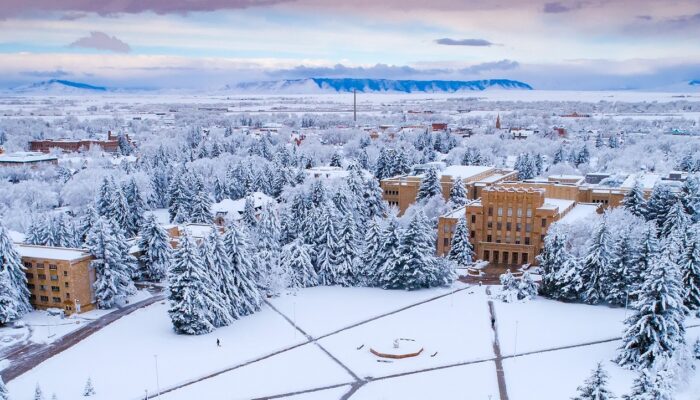
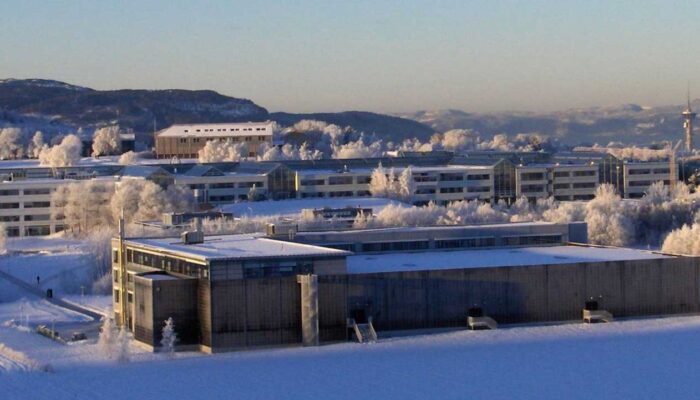
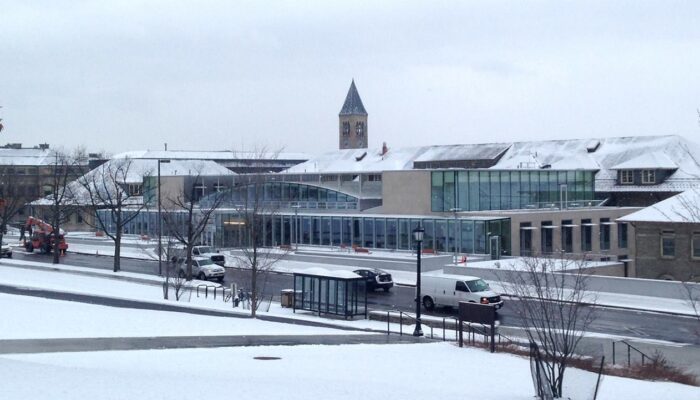
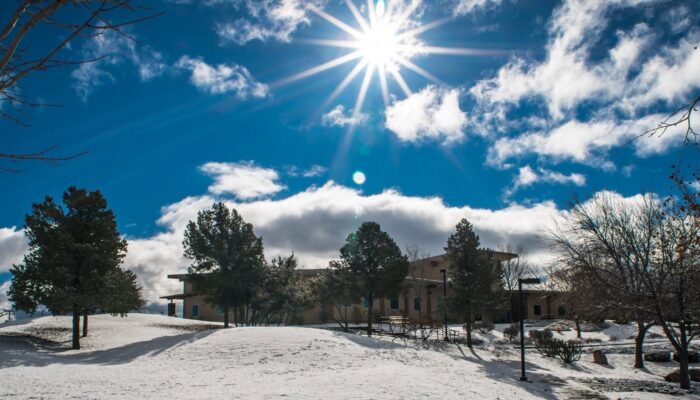
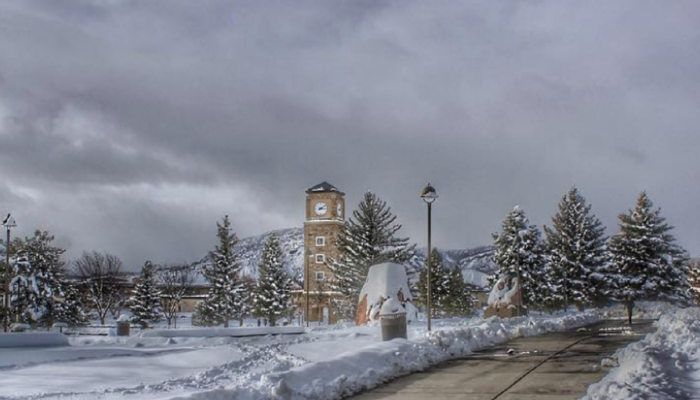

Issue [18-332]
Category: Electrical
Colleagues: Mike Anthony, Lorne Clark, Jim Harvey
New update alert! The 2022 update to the Trademark Assignment Dataset is now available online. Find 1.29 million trademark assignments, involving 2.28 million unique trademark properties issued by the USPTO between March 1952 and January 2023: https://t.co/njrDAbSpwB pic.twitter.com/GkAXrHoQ9T
— USPTO (@uspto) July 13, 2023
Standards Michigan Group, LLC
2723 South State Street | Suite 150
Ann Arbor, MI 48104 USA
888-746-3670






